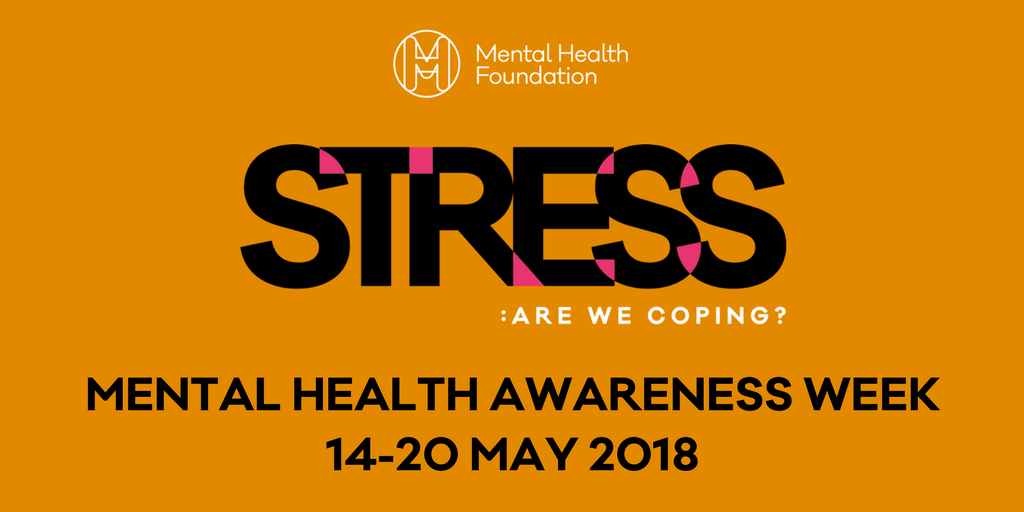Understanding the Personal Assistant Career Progression
If you’re looking to hire a PA or you have PAs within your employment, it’s helpful to have a full understanding of a personal assistant’s career path. This includes the…
Tiger’s recent candidate survey has revealed that up to a third of support staff don’t receive appropriate assistance for managing stress in the workplace, demonstrating a significant gap in the mental health initiatives for EAs, PAs and administrative staff.
We found that 30% of respondents’ employers provided no support or advice regarding relieving stress at work, while 25% said their employer does not recognise when they were stressed and offered little help.
In line with this, recent research from the Chartered Institute of Personnel and Development (CIPD) and SimplyHealth reveals that 37% of hiring managers report stress-related absence has increased over the past year. Furthermore, 55% of UK organisations have seen an increase in reported common mental health conditions over the last 12 months and employees take an average 6.6 days off a year for mental health issues.1
These findings align with the messages of this year’s Mental Health Awareness Week (May 14-20). The campaign aims to shine a light on the impact stress has on mental health, promoting strategies to manage and reduce stress in personal and professional lives.

As part of this, workplaces need to evaluate their current wellbeing strategies, determining whether enough is being done to address rising stress levels, and by proxy, the mental health of employees.
Here are five ways employers can help to reduce stress in the workplace:
1. Introduce mental health days
You offer your employees annual leave and sick leave, but have you considered mental health days? Offering 1-2 additional days of leave per year gives employees time to recalibrate, deal with personal stressors or simply relax, returning to work refreshed, recharged and a lot less strained. This will also reduce the chances of employees using their sick leave when not actually sick.
2. Consider your office design
Are your employees slumped over their desks, faces illuminated only by their computer screen? Perhaps it’s time to consider how your office is designed. Natural light and ventilation are essential for your employees’ general wellbeing, but elements like peppermint and citrus scents can also help improve productivity and reduce stress levels.2 Creating breakout spaces where employees can conduct meetings or simply work in a different environment also encourages them to get away from the monotony of the screen and breaks up their working day.
3. Encourage lunchtime activities
While most full-time employees are entitled to a lunch break, actually using them is another story. One in five works through lunchtime and half of those who do take a break still eat at their desk.3
Therefore, consider introducing an initiative that encourages employees to use their lunchtimes effectively. Organise weekly running sessions, walking meetings, regular yoga sessions or a lunch club, where employees try a new restaurant once a week. By integrating it into formal strategies, it will also remove the stigma of leaving the desk.
4. Introduce and advertise a reporting system
Is it clear who employees should talk to if they are stressed or overwhelmed? Are your line managers equipped with the right tools and resources to address any concerns a stressed employee may have? Every workplace requires a clear reporting system so employees understand who they can go to should they have a problem. This should be mentioned in all onboarding stages and promoted throughout the business regularly. Consider investing in training for leaders to ensure they know what to do when confronted with an employee’s mental health issues.
5. Workplace recognition
Everyone like to hear they are appreciated in the workplace, so encouraging positive interactions and feedback within teams can help increase morale and reduce stress. Employees who have strong relationships with their management have been found to be more engaged and appreciate hearing when they or their efforts are noticed.4
Consider scheduling informal chats with managers and team members, providing an avenue for employees to voice any concerns and for line managers to pass on feedback. Showing that team members have the support they need can go a long way in managing their overall stress. Other methods of showing appreciation include implementing an employee of the month award, departmental awards and investing in professional development.
–
Does your team need additional support? Tiger can help with all your recruitment in London. Get in touch today!
Sign up for the latest workplace insights.